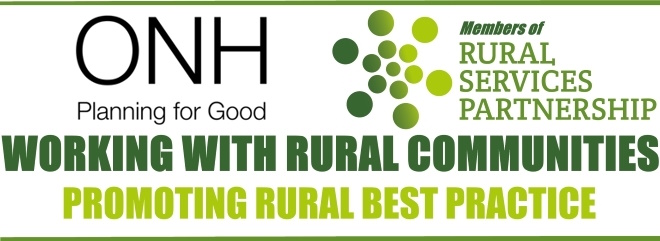T: 01822 851370 E: [email protected]
Visit RSN Survey about life in rural England to find out more.
Planning Rural Settlements in a Turbulent Policy World
 The planning system is changing fast, demanding more of those rural communities where unplanned change can make a profound difference to village life, services and character.
The planning system is changing fast, demanding more of those rural communities where unplanned change can make a profound difference to village life, services and character.
The next couple of years could be make or break for some caught in the crosshairs of developers wanting to take advantage of a permissive policy window that may not stay open for longer than that as the next general election draws closer. And anyway, many developers are giving up on the plan led system and lack of local planning authority resources and are seeing appeals as the quicker and more likely route to success.
The bastion of that system – the Local Plan – has been falling over for some years and is itself now facing a major overhaul alongside the introduction of the new 30-month process, new national development management policies and new Spatial Development Strategies. Oh, and Local Government Reorganisation in many parts the country!
So, what to do? At ONH Planning for Good we’ve been helping with rural communities plan for the future for many years, most often with kinds of success that every rural community should secure. New homes of the right type in the right place. Higher design standards. New primary schools, nurseries, village halls, public car parks, public open spaces, relief roads, burial grounds, allotments – all have been delivered through positive planning in ways that planning applications alone could never have done.
The key to this type of positive planning is a deep and comprehensive understanding of how settlements function (and relate to surrounding settlements) and knowing the ‘art of the possible’. Most communities need to accommodate new homes as an end in itself but having an eye on how their development value can leverage investment in local infrastructure can be crucial.
Over the last year we have been helping Town and Parish Councils to prepare settlement spatial plans. From publicly available data and local intelligence we build a set of scenarios to see how different scales and patterns of future development will affect local infrastructure capacity – schools, health services, community facilities, traffic, public transport, green spaces – and local character. Knowing that upgrades to that infrastructure are triggered by different thresholds of development, the scenarios can be tested to enable implausible scenarios to be discarded.
The plan can remain a technical exercise to form the basis of a highly credible representation on a Local Plan or major planning application consultation. This will become even more important with the proposed changes to how planning applications and appeals will be determined and to speedier Local Plan making. Or if it is being used to guide decisions on site allocations in a neighbourhood plan, it can be used to shape community and other stakeholder engagement activities.
This is planning “on the front foot”, which will improve the ways that local communities to continue to engage effectively no matter what the challenges of the future.
www.oneillhomer.co.uk



